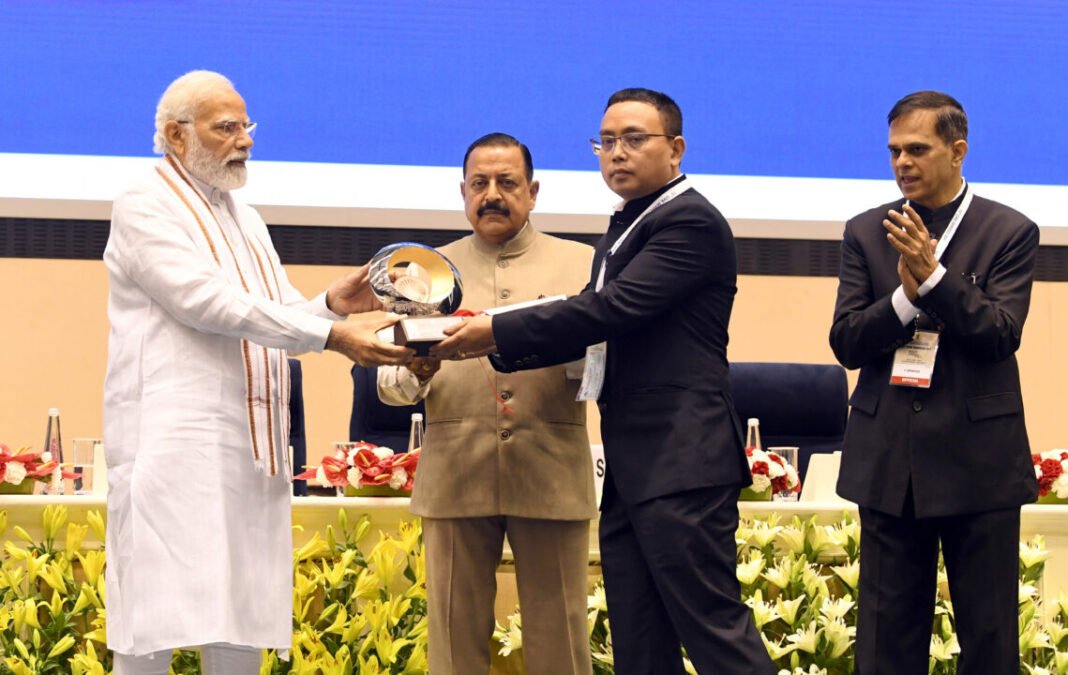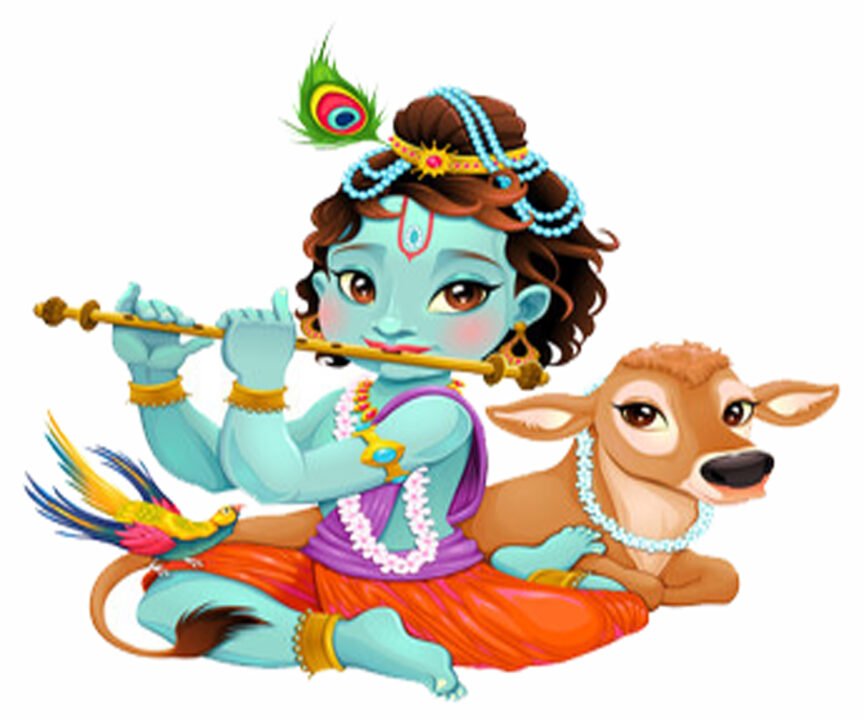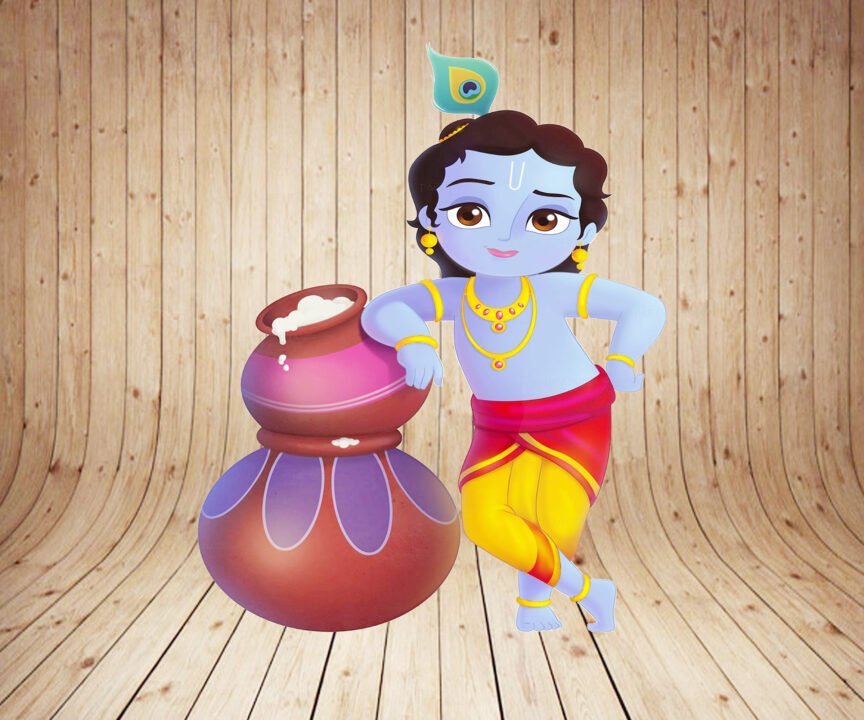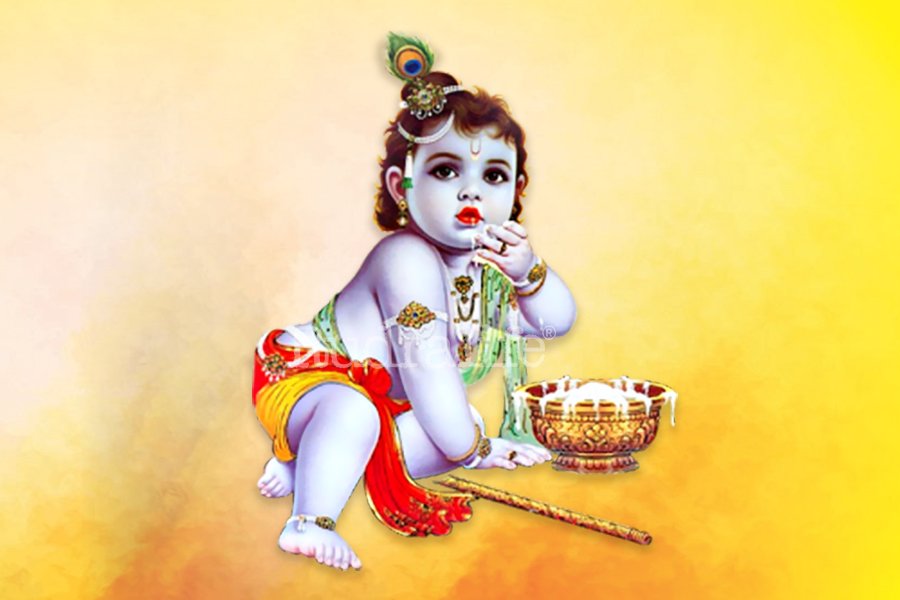By: Amar Krishna Paul
Talents need platforms to perform. They can better showcase their inherent skills and efficiency in varied constructive works. The entire Northeastern region of India is a nice platform to work for development activities by local talents. Since New Delhi is currently giving the topmost priority in the socio-economic development of the NE region, the young Northeasterners can take full advantage of serving the region as administrators. Notwithstanding, they have to work hard in systematic studies for competing in both UPSC and State PSC exams. Geographically, NER is regarded as the cradle of many castes, communities, cultural ethos, and faiths. Tucked away in a ‘strategic region’, linked with the national mainstream by a narrow corridor called the “chicken’s neck” via Siliguri in Bengal, those who once visited the region can never forget this paradise on Earth. That is, it is considered the greatest region among all the regions of our nation in terms of the hospitality rendered to its visitors, tourists, et al. Both domestic and international tourists visit Sikkim, ‘the oasis of peace in India today’. One can, thus, find a unique combination of hospitality and service mentality amongst the local people in NE India.
The region is gifted with a good number of natural resources. It possesses the world’s largest reserves of Sillimanite (a mineral used as a refractory) in Sonapahar of East Khasi Hills district in Meghalaya. Of late, the record of rainfall at Mawsynram has exceeded that of Cherrapunjee. World’s biggest river island, Majuli, is located in Assam. The world’s oldest functioning oil refinery is Digboi refinery (Assam). Its preliminary survey was done by Oldham, the then superintendent, of the Geological Survey of India, in 1901. Oldham came to discover coal, but, fortunately, found mineral oil here. Updating all matters on the region, a comprehensive attempt has been initiated by me to project the book systematically.
Exam Basics: The civil services examination is conducted annually by the UPSC in three stages – preliminary, main, and interview – to select officers of the Indian Administrative Service (IAS), Indian Foreign Service (IFS), and the Indian Police Service (IPS) among others. That is, the Civil Service Examination (CSE) is the mother of all written examinations in India. The Union Public Service Commission (UPSC) conducts competitive exams every year for recruiting people into central civil services. It is common for all India services like IAS, IPS, IFS, IRS, and other Group A and Group B Central Services.
At the state level also, the State Public Service Commissions conducts civil service examinations for recruiting DC, ADC, Deputy District Collectors, Labour Officers, BDO, CEOs of Zillah Parishads, Tahisildhars, Deputy Registrars of Cooperatives, Sales Tax Officers, etc.
Overall, the IAS plays a major role in administering the country and runs the governance of the country from the small administrative unit called the district to the Centre. Options are many in the State for those aspiring to be civil servants as almost all regions across the state have seen coaching centers come up in the recent past. This guidebook will unfold many little-known facts.
There are good opportunities for the youth in civil services both at the center and in the states. Bureaucracy – a professional body of civil servants – is a permanent executive of the government. It provides continuity and stability to public administration. The political executive, made of the elected representatives of the people, is temporary and keeps changing periodically depending on the electoral fortunes.
The civil servants are the public servants and are responsible for the implementation of policies and programs. What we need to do to improve the quality of public administration is to encourage young people of impeccable integrity to join civil services. It is these bright youngsters who can make the public administrative apparatus responsive and sensitive to people’s needs and aspirations. Careers in civil services are very challenging. They provide opportunities to serve people in various capacities throughout their careers stretching over three decades, having the security of service, attractive pay scales and perks, and ample scope for promotions. The youngsters who are good in GK and current affairs having effective communication skills in English, Hindi, and other regional languages can crack these prestigious examinations.
The preliminary examination consists of two papers of objective type (multiple choices) questions and carries a maximum of 400 marks. This stage is meant to serve as a screening test only, and the marks obtained in it by the candidates, who are declared qualified for admission to the main examination, are not counted for determining their final order of merit. The merit is determined out of the total of 2,025 marks – the written or main exam is 1,750 marks and the interview is 275.
The UPSC declared the UPSC Civil Services Final Result 2021 on May 30, 2022, on its official website, upsc.gov.in. As many as 685 candidates have been appointed based on their performance in the mains and personality tests. A total of 749 vacancies were reported by the official website of UPSC, out of which 180 seats would be reserved for IAS cadres, 37 for IFS, 200 for IPS, 242 for Central Services Group A, and 90 for Group B Services. Normally, it takes more than 90 percent to top any exam. However, in UPSC, the country’s toughest exam, any score above 50 percent will most likely land a candidate a spot in the civil services. To put things in perspective, let’s check what Shruti Sharma, this year’s UPSC topper, scored. Shruti Sharma, the highest scorer in the UPSC exam, scored just 54.56 percent marks. The second rank holder Ankita Agarwal scored 51.85 percent. These scores are a grim reminder that even the brightest of minds in the country can’t even score 60 percent. A total of 685 candidates passed the exam. 508 men and 177 women have cleared the UPSC exam in 2022.
Topper’s Tips: Shruti Sharma is an alumnus of St Stephen’s College of Delhi University. She was a student of History Honours on her graduation days. She then shifted to pursue a Master’s degree from Jawaharlal Nehru University (JNU) in Modern History. She then in the meantime also got enrolled in Jamia Millia Islamia residential Coaching Academy for UPSC Preparation. This is where she got the impetus required for UPSC CSE Preparation.
Shruti had a very distinctive journey as a UPSC candidate. She began her preparation four years ago. Shruti always wanted to become an IAS officer. She started with the basics, however. She started with the preparation for UPSC IAS by studying the NCERT books. She relied on newspapers and her notes made by her only for the UPSC preparation. Shruti, however, did not succeed in her first UPSC attempt.
When asked she said, “This is my second attempt. Due to some issues with the medium of instruction, I had to take my Mains examination in Hindi. I missed my interview call by one mark.”
Missing her interview by just one mark left an impression on her to work even harder the next time. Shruti realized her mistakes and came back stronger in her second attempt to secure AIR 1 in UPSC CSE 2021. Shruti Sharma said the UPSC syllabus is very large and exhausting, and a proper strategy is required to crack it. She used to make her notes with the help of newspapers. She used to focus on practice for better presentation and writing answers.
Conclusion: Owing to the level of competition and toughness of the exam, one cannot be assured of clearing this exam on the very first attempt. But this phase provides you with ample amount of time to revive yourself out of failure and set yourself to achieve those coveted posts. Unfortunately, even if you failed to clear the civil services you still have time for an alternate career.
President Droupadi Murmu graced and addressed the valedictory function of the 97th Common Foundation Course at the LBSNAA, Mussoorie on December 9, 2022. She said that as she was addressing them, the words of Sardar Vallabhbhai Patel were echoing in her memory. In April 1947, Sardar Patel was meeting a batch of IAS trainees. At that time he had said, “We must expect and we have a right to expect the best out of every civil servant in whatever position of responsibility he or she may be”.
She said that the “Parvatmala Himalayan and North East Outdoor Learning Arena”, the construction of which has started today would act as a knowledge base for civil servants and trainees regarding the Himalayas and North-East Region of India. That is, NE students have a wide scope for civil services as a career option. (The author has penned down the comprehensive book GS for Civil Service Exams. He may be reached at amarkrishnaghy@gmail.com)







